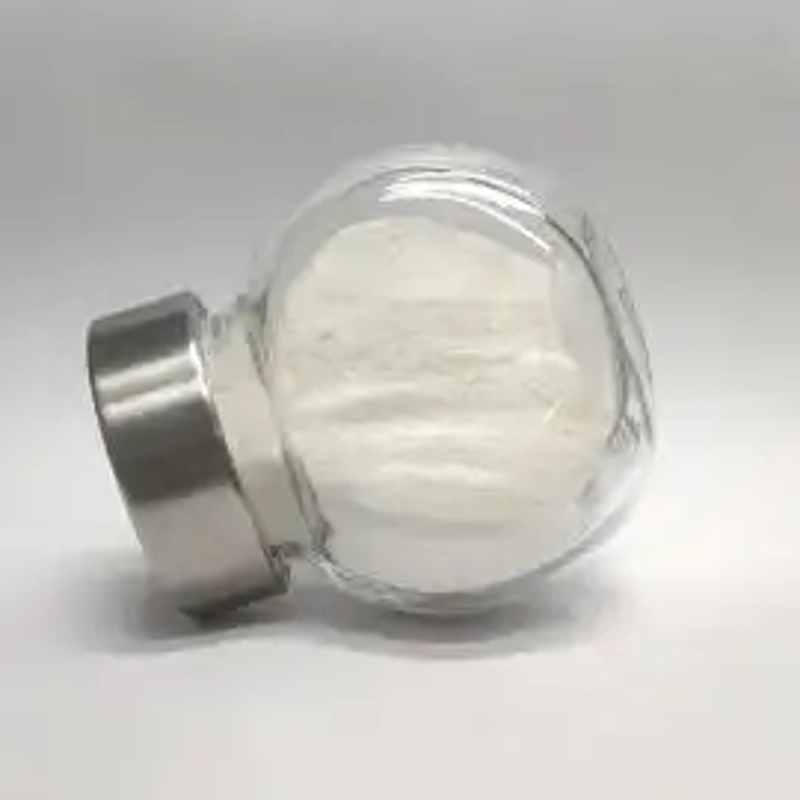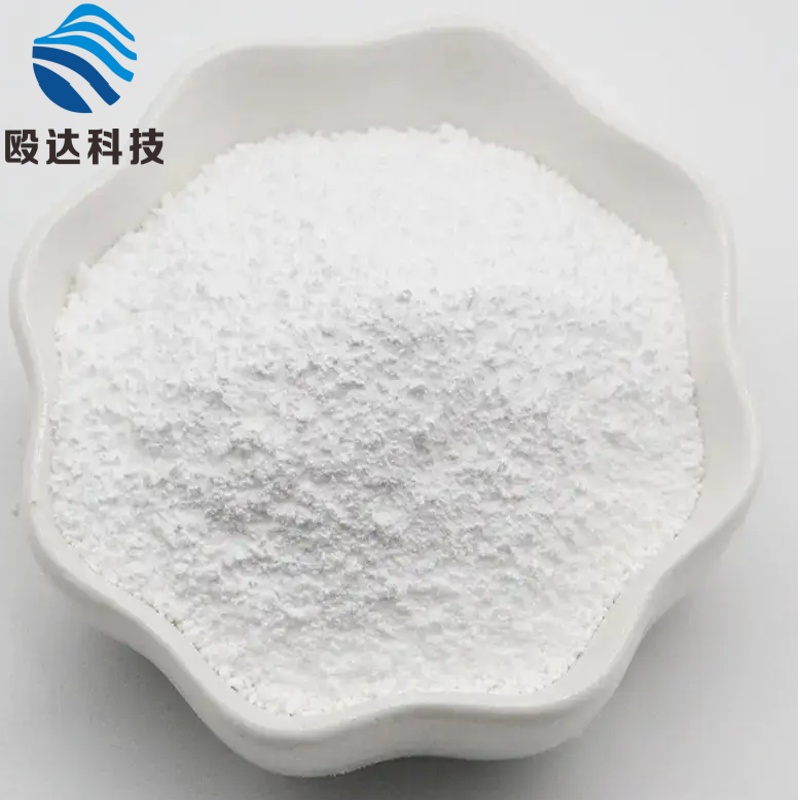-
Categories
-
Pharmaceutical Intermediates
-
Active Pharmaceutical Ingredients
-
Food Additives
- Industrial Coatings
- Agrochemicals
- Dyes and Pigments
- Surfactant
- Flavors and Fragrances
- Chemical Reagents
- Catalyst and Auxiliary
- Natural Products
- Inorganic Chemistry
-
Organic Chemistry
-
Biochemical Engineering
- Analytical Chemistry
- Cosmetic Ingredient
-
Pharmaceutical Intermediates
Promotion
ECHEMI Mall
Wholesale
Weekly Price
Exhibition
News
-
Trade Service
Rat homocysteine Hcy ELISA kit related products Experimental principle: This kit uses bi-sandwich method to determine the level of rabbit laminin (LN) in specimens
.
The coated microplate is captured with purified rabbit layer adhesive protein (LN), made into a solid phase, and rabbit layer adhesive protein (LN) is added to the coated microwells in turn, and then combined with HRP-labeled detection to form an antigen-microplate complex, which is washed and then added to the substrate TMB color
.
TMB is converted to blue under the catalysis of HRPase and converted to a final yellow
color under the action of acid.
The shade of color is positively correlated with rabbit laminin (LN) in the
sample.
Absorbance (OD value) is determined at a wavelength of 450 nm with a microplate reader and the rabbit layer adhesin (LN) content
in the sample is calculated by standard curve.
Sample collection: Before collecting specimens, it must be clear whether the ingredient to be tested is sufficiently stable
.
Specimens tested on the same day after collection are stored at 4 °C for backup, if there is a special reason for the need to collect specimens periodically, the specimens are packed in time and stored
at -20 °C or -70 °C conditions.
Avoid repeated freeze-thawing
.
Specimens stored at 2-8°C for 48 hours, -20°C for coagulation factor IXELISA Kits Brought-in: 1, 37 °C Incubator 2, Standard Size Microplate Reader 3, Precision Pipettes and Disposable Tips 4, Distilled Water 5, Disposable Test Tubes 6, Absorbent Paper Rat Homocysteine Hcy ELISA Kit Sample Processing and Requirements: 1.
Serum: Room Temperature Blood Naturally Coagulates for 10-20 Minutes, Centrifugation for About 20 Minutes ( 2000-3000 rpm).
Collect the supernatant carefully, and if there is precipitation during the preservation process, it should be centrifuged
again.
2.
Plasma: EDTA or sodium citrate should be selected as an anticoagulant according to the requirements of the specimen, mixed for 10-20 min, centrifuged for about 20 min (2000-3000 rpm).
Carefully collect the supernatant, if there is precipitation formed during the preservation process, it should be centrifuged
again.
Urine: Collect with sterile tubes and centrifuge for about 20 min (2000-3000 rpm).
Carefully collect the supernatant, if there is a precipitation formed during the preservation process, it should be centrifuged
again.
Chest ascites and cerebrospinal fluid are implemented according to reference
.
4.
Cell culture supernatant: When detecting secretory ingredients, collect
them with sterile tubes.
Centrifuge for approximately 20 min (2000-3000 rpm).
Collect the supernatant
carefully.
When detecting the composition within the cells, dilute the cell suspension with PBS (PH7.
2-7.
4) at a cell concentration of about
1 million/ml.
By repeatedly freeze-thawing, the cells are destroyed and the intracellular components are
released.
Centrifuge for approximately 20 min (2000-3000 rpm).
Collect the supernatant
carefully.
If precipitation forms during storage, it should be centrifuged
again.
5.
Tissue specimens: After cutting the specimen, weigh the weight
.
Add a certain amount of PBS, PH7.
4
.
Quickly cryopreserve with liquid nitrogen for later use
.
The specimen remains at a temperature of 2-8 ° C after melting
.
Add a certain amount of PBS (PH7.
4) and homogenize the specimen thoroughly
by hand or with a homogenizer.
Centrifuge for approximately 20 min (2000-3000 rpm).
Collect the supernatant
carefully.
After filling, one serving is to be tested, and the rest is frozen for later
.
6.
Specimens should be extracted as soon as possible after collection, and the extraction should be carried out according to the relevant literature, and experiments
should be carried out as soon as possible after extraction.
If the test cannot be performed immediately, the specimen can be stored at -20 ° C, but repeated freeze-thaw should be avoided.
7.
Samples containing NaN3 cannot be detected due to the activity
of NaN3 horseradish peroxidase (HRP).







